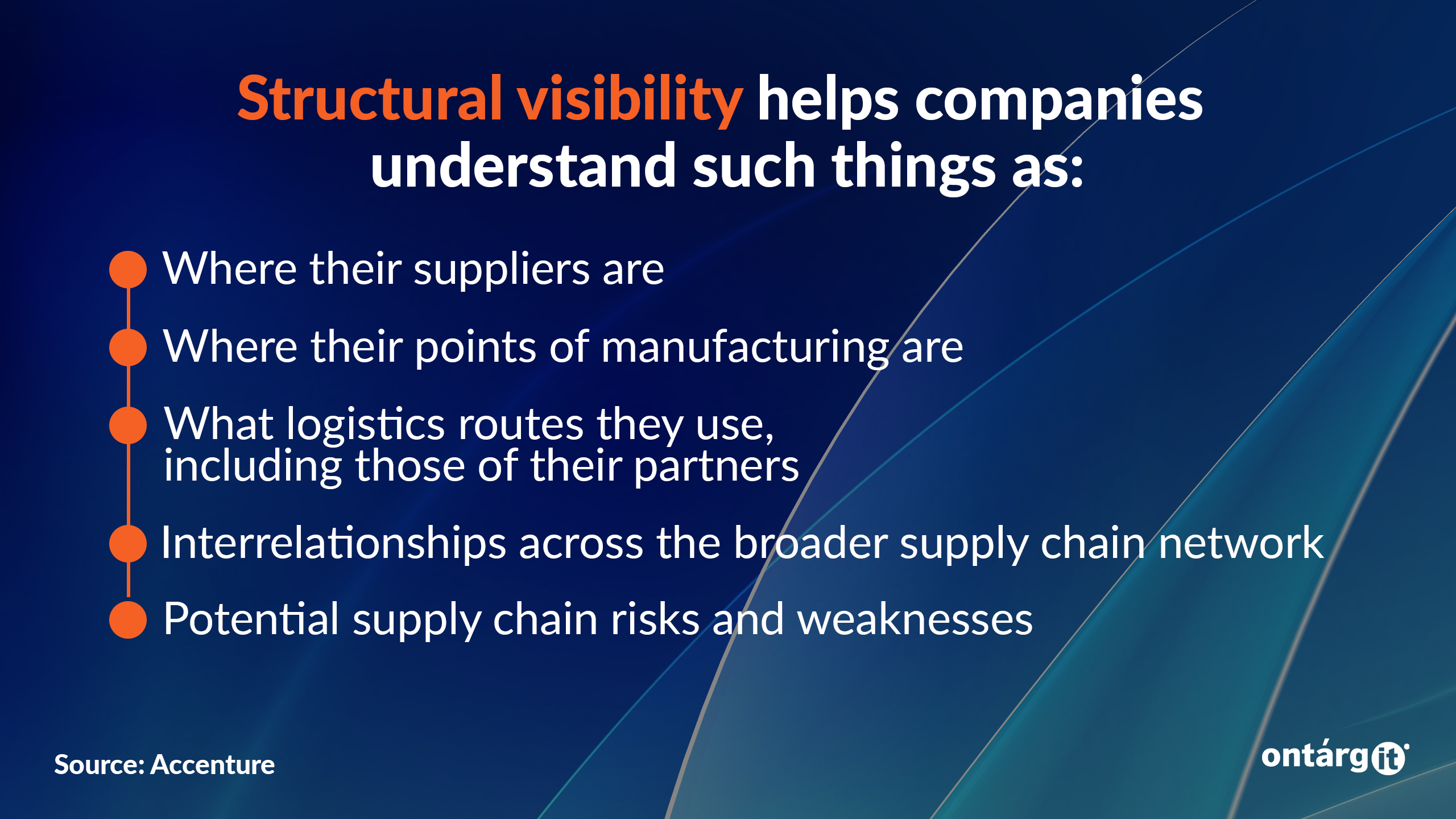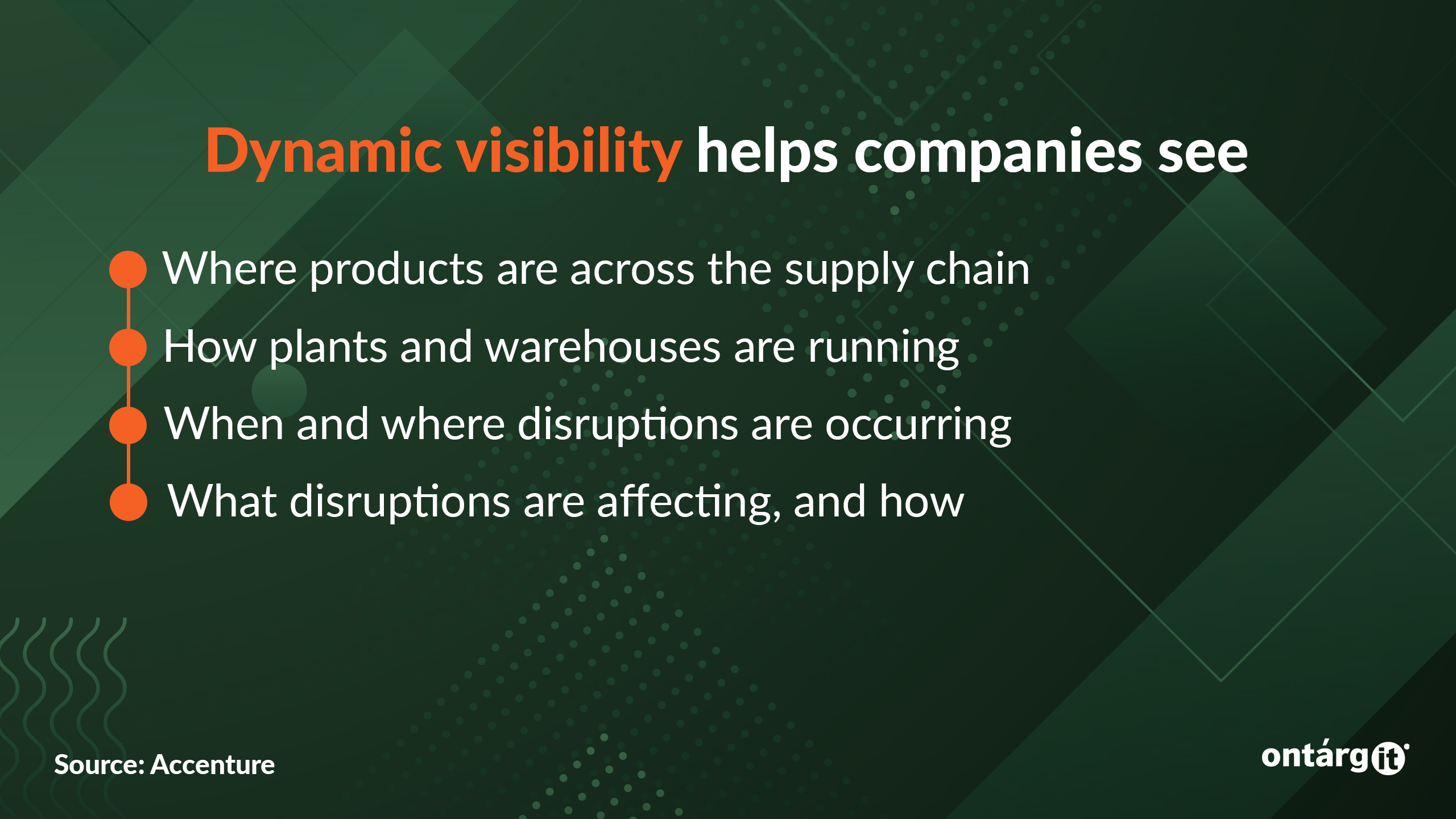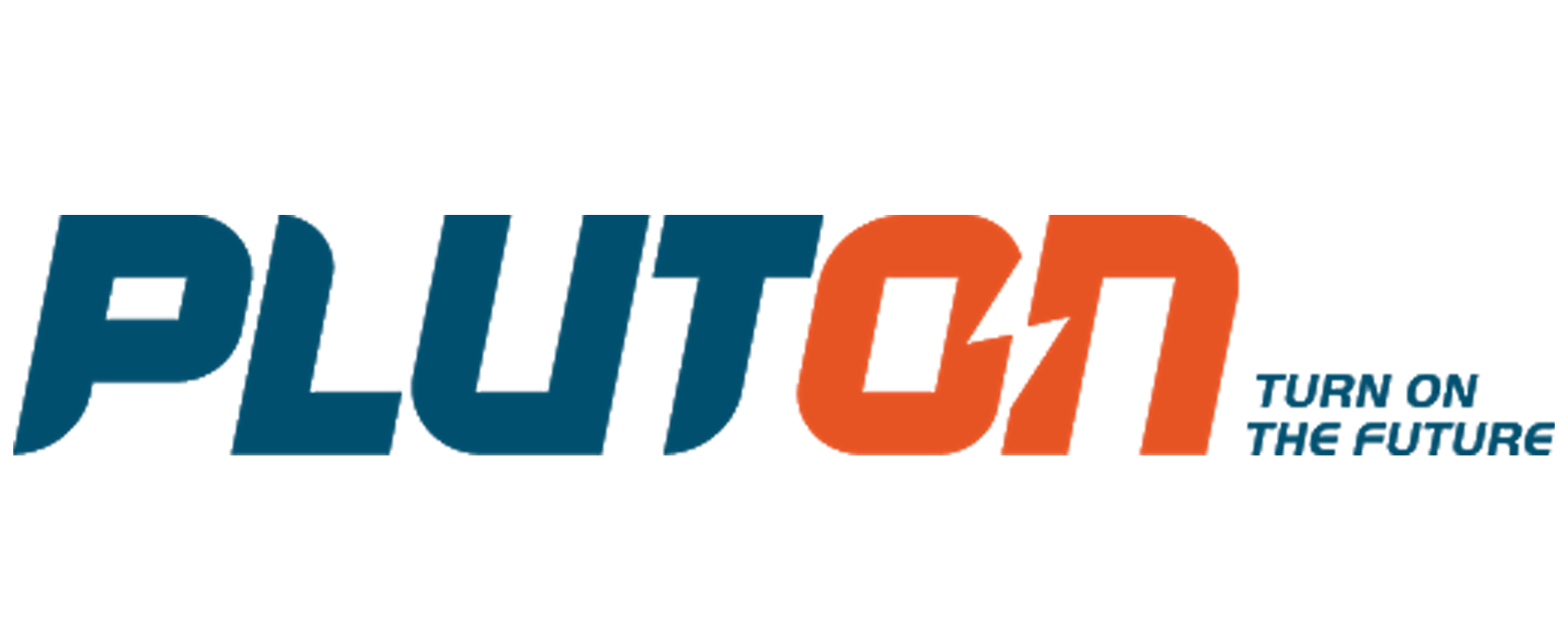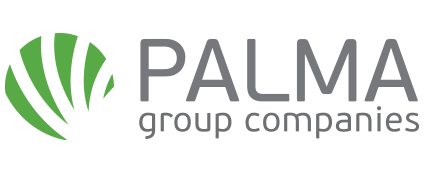While the concept of supply chain visibility isn’t new, advancements in analytics and technologies are helping companies to make step changes in this area. Our findings reveal the progress these enterprises are making, where they feel they need to do more, and how their efforts are paying off.
Intelligent visibility: a cost-effective route to greater resiliency
Most business leaders would likely agree that more visibility is a good thing. But how good? What could companies do with greater visibility that they could«n’t otherwise do? And does visibility alone truly make a supply chain more resilient?
We can categorize visibility capabilities into two broad groups—structural and dynamic. Each has its own characteristics and benefits.

There are four main types of supply chain structural visibility:
Most companies employ regular network mapping, classic risk management, and network simulation/optimization/ modeling. Such activities tend to be more frequent during times of disruption.
Dynamic visibility: what’s happening across our supply chain right now?

There are four main types of dynamic visibility:
While companies have relatively mature structural visibility capabilities for their own operations (apart from N-tier supplier visibility), dynamic visibility is more nascent.
When it comes to resiliency, visibility delivers.
Companies with greater visibility are better positioned to weather all kinds of disruptions.
Good enough is, usually, good enough.
Full visibility across the supply chain isn’t necessary, or economically feasible. Focus on the really important areas of the business
Structural visibility is a requirement.
Every company should, with the help of digital twins, have the basics such as network mapping, risk management, network assessments, and modeling in place.
They can leverage advanced analytics to go to the next level— especially around end-to-end visibility and simulation.
More advanced dynamic visibility should be the target.
Predictive visibility and autonomous execution, achieved with a sophisticated control tower, are the keys to maximizing resiliency.
To enable visibility for your supply chain, you can use Microsoft Dynamics Supply Chain Management. This leading solution allows you to predict demand using AI, improve delivery by using predictive analytics, build agile factories and manufacturing processes with predictive technologies and maximize asset uptime and lifespan

















